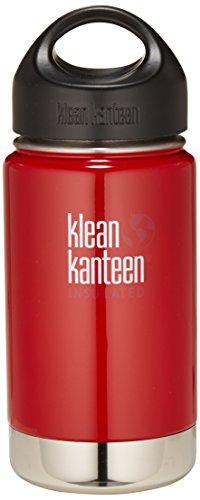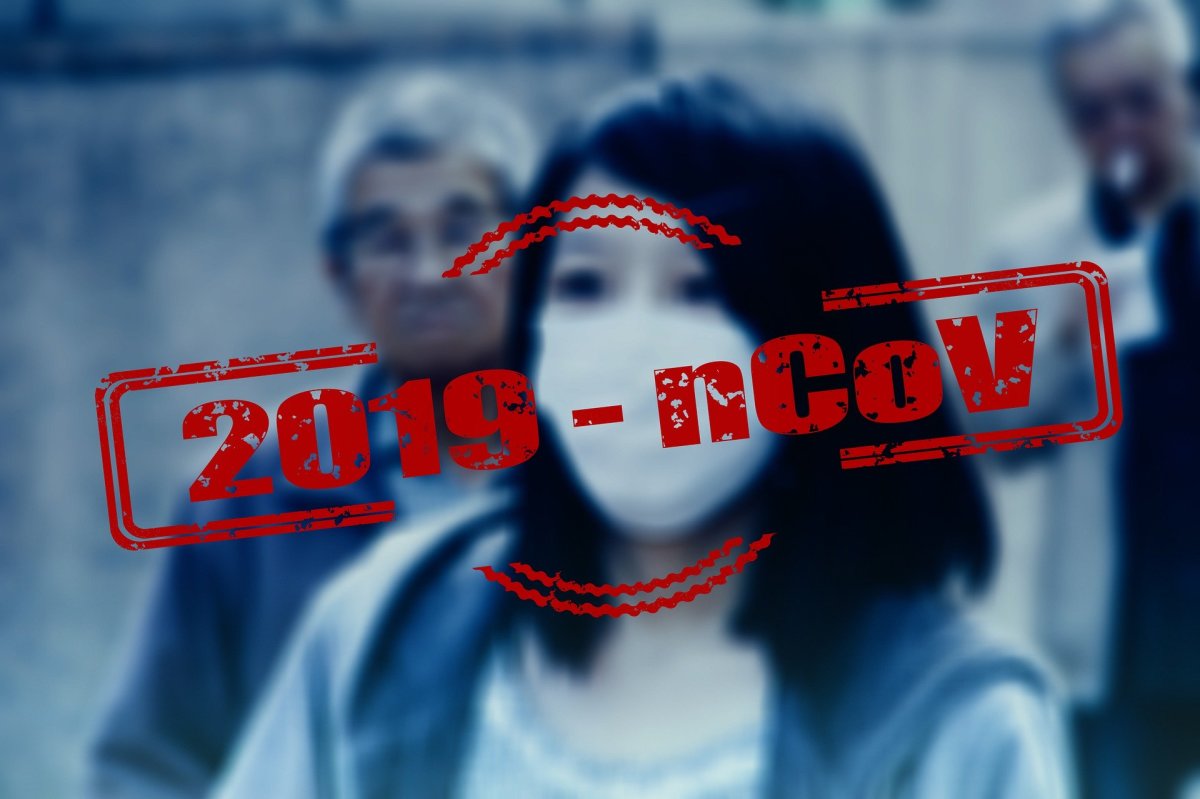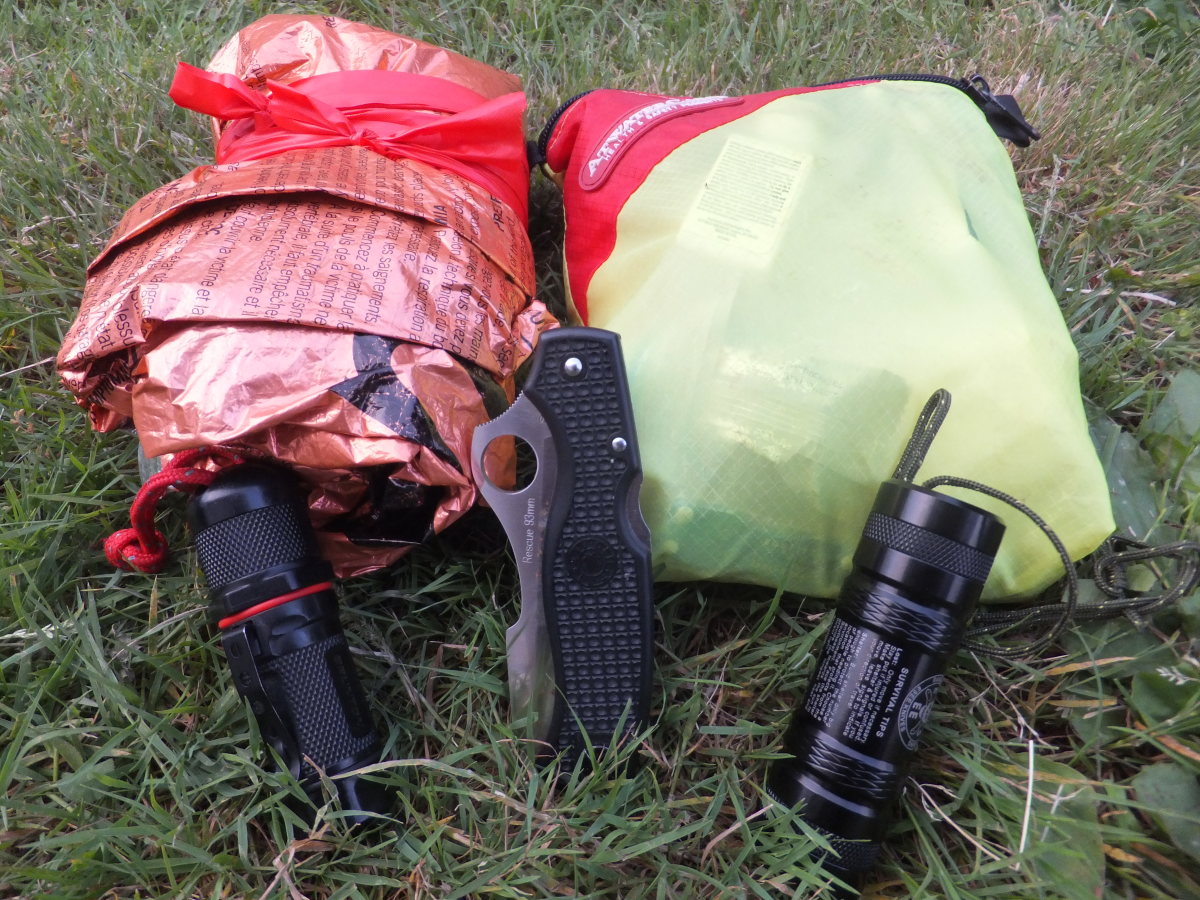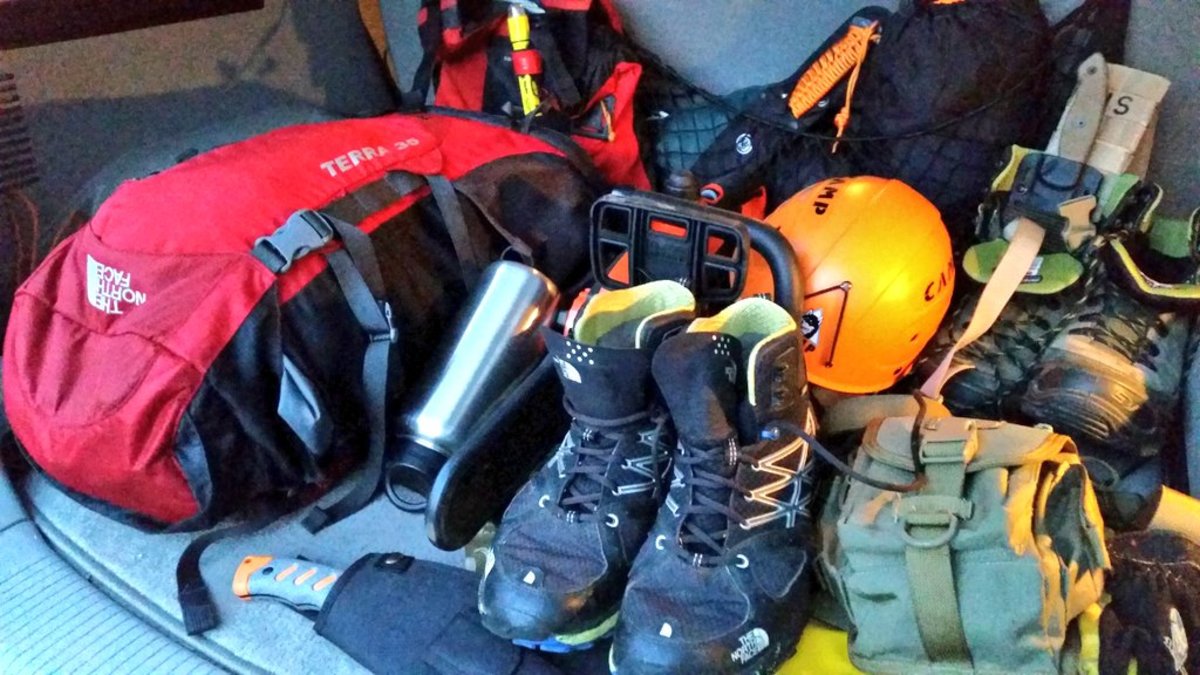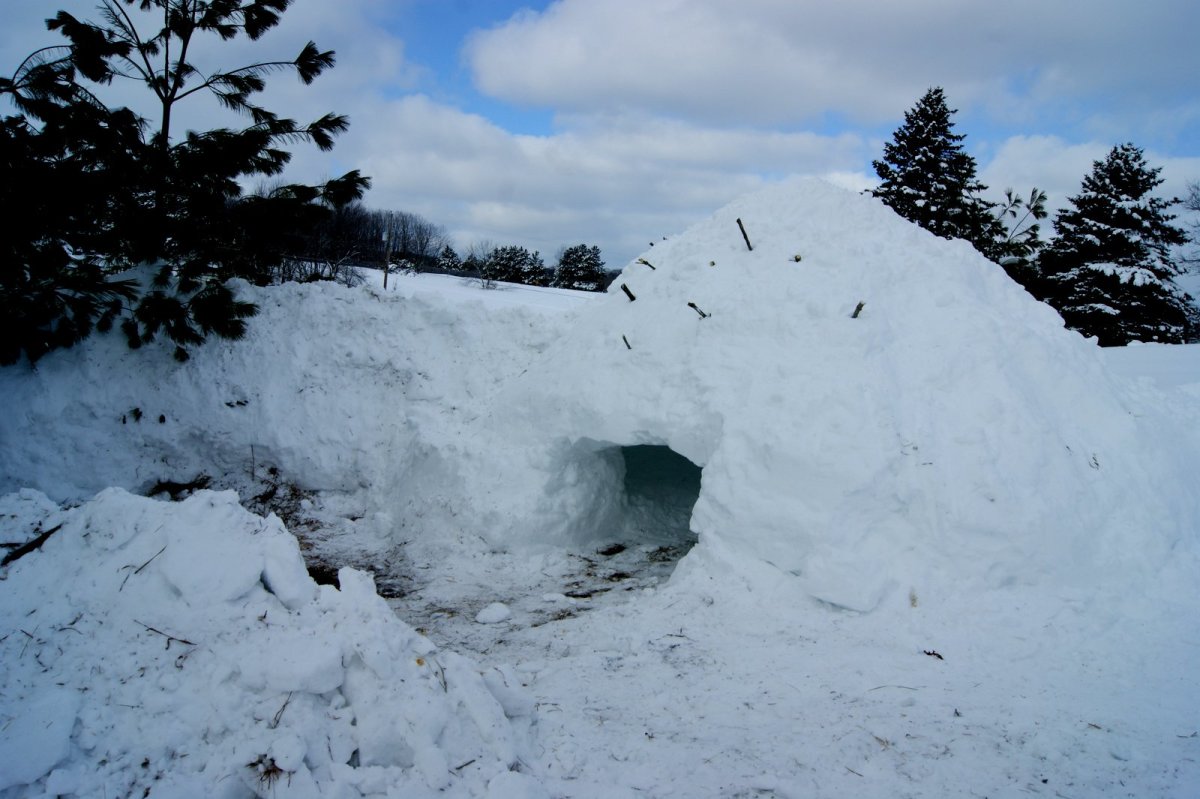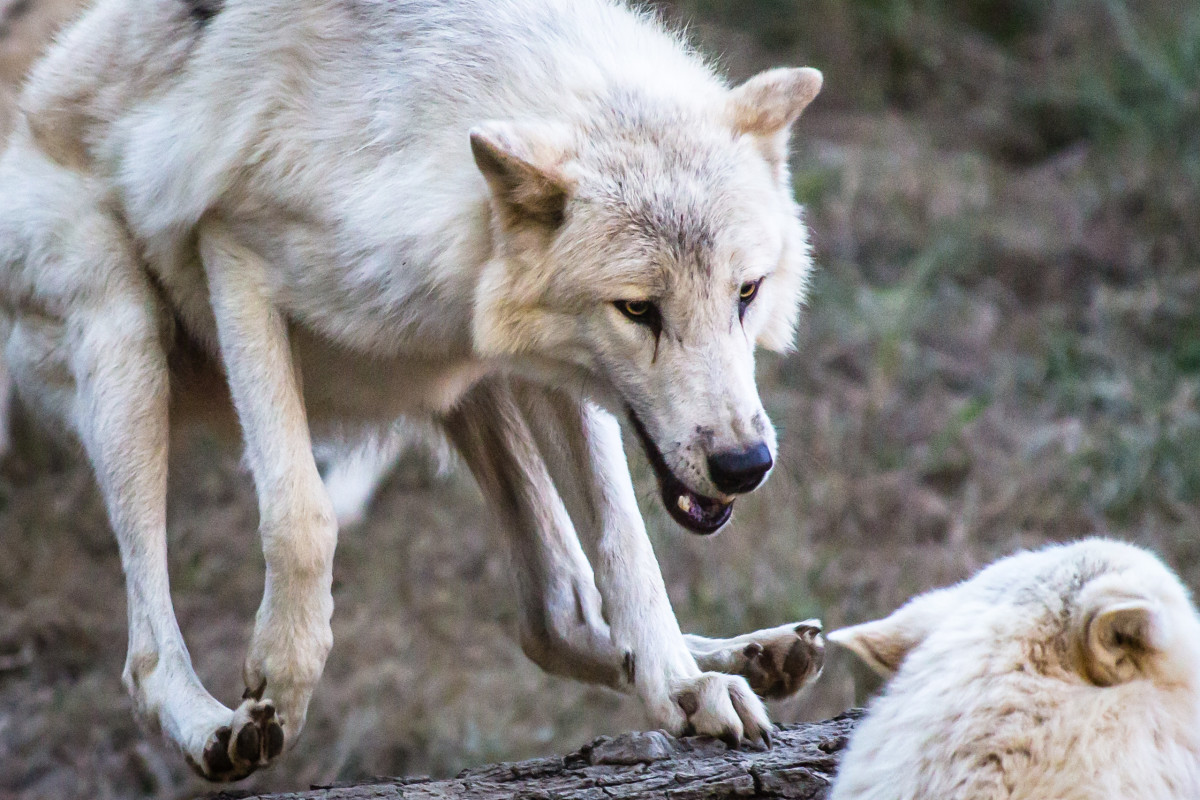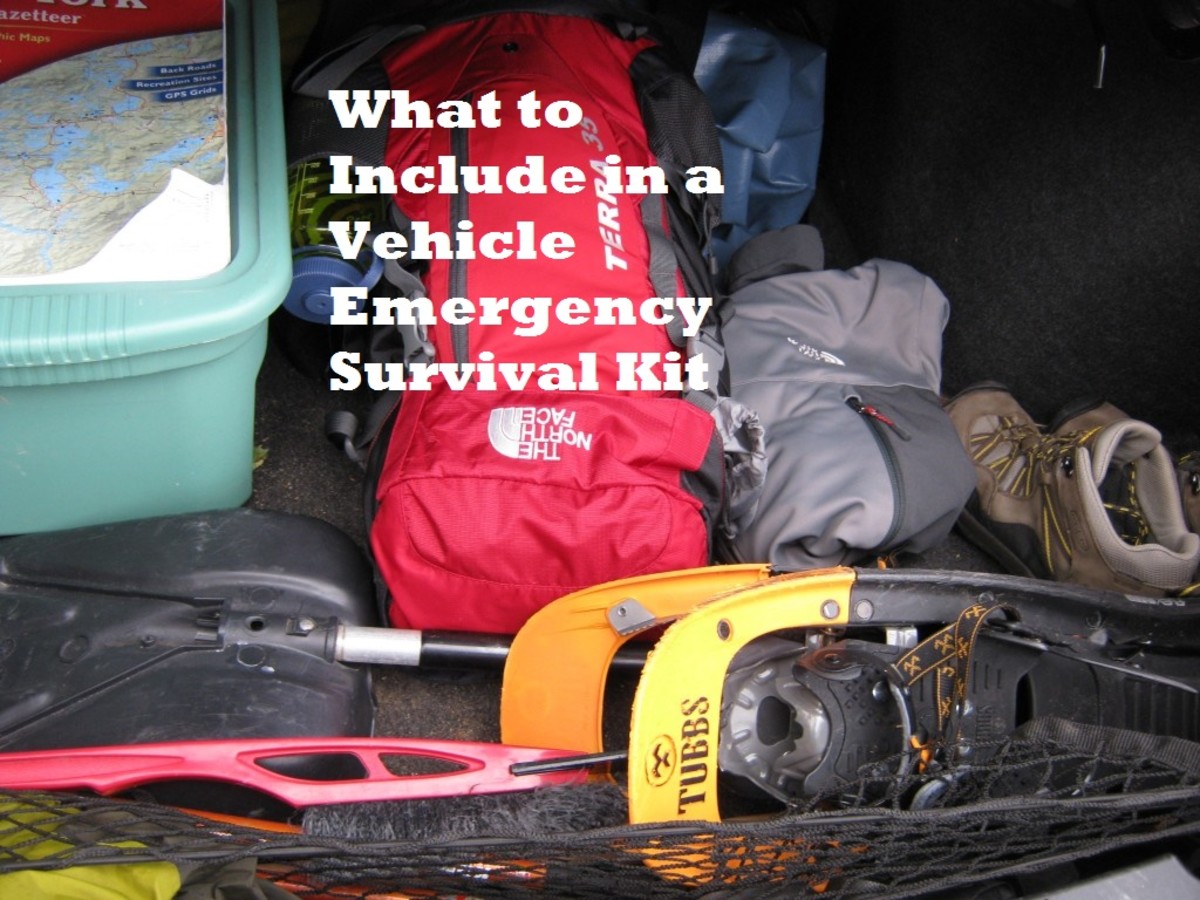Emergency Preparedness Supplies and Survival Equipment - Making A Wilderness Outdoor Survival Kit
Making a Survival Kit for the Wilderness
When and where do you need a survival kit? It would be nice if these were simple questions and survival gear could be carried only when needed, but problems can pop up when least expected. The point of an emergency survival kit is that certain pieces of equipment are always available at anytime during an outdoor activity – or even in the middle of town. You just never know when you might need a good tool! The most common usage for a survival kit is during a day hike, bike trip, or some other outdoor activity where you don’t expect to need anything special. Times like those are when things can go wrong, and people are unprepared for problems. Good emergency preparedness means that having a little bit of extra equipment in a small pack can be a literal lifesaver in such a situation, or at least make your life a little easier.
You should carry something. The next issue is what should be carried in a survival kit. If you go out for outdoor fun, consider carrying the following survival gear in a belt pack or small day pack:
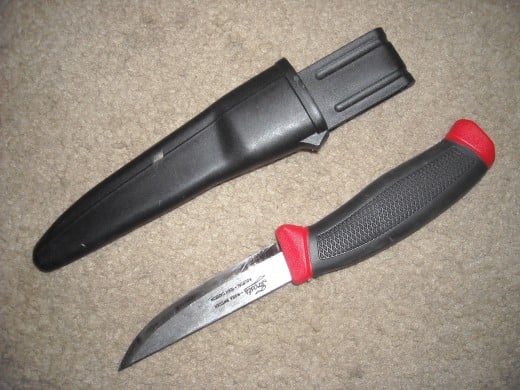
1) Knife
A good knife is the essential survival tool. Carry a good fixed blade knife if possible; otherwise a good folder will do, such as a Victorinox Swiss Army knife. The Frost Mora is an excellent choice for a smaller, cheap knife that you can throw in your bag. For a slightly more expensive but better quality option, the Mora 2000 is popular among a lot of outdoorsmen. The Kabar Becker BK 7 or BK 9 are larger strong survival knives for rough conditions. See my hub on How to Choose the Best Wilderness/Outdoor Survival Knife or http://wildernessknives.com for a more detailed overview. Unless you are carrying multiple knives, carry your knife on your person. If your pack should get lost, you need to have a knife with you.
2) Fire Kit
A well-equipped fire kit should really contain several items. A ferrocium rod (also called a firesteel) should be included. This acts as sort of a modern flint and steel system. A sharp edge scrapes along the rod, sending off showers of sparks, which are directed into a bed of tinder. Ferrocium rods can be used thousands of times and can be used even if wet. My firesteel hub has more detailed information on ferrocium rods. A mini-bic type lighter is a great addition. They are easy to light and re-usable many times over. Matches can also be added if desired. Keep them dry in a waterproof container. Tinder is the last necessary ingredient. If the area is wet, finding enough dry tinder to get a fire going may be an almost impossible task. Make sure you have some dry tinder by carrying it with you. Options include dryer lint, petroleum jelly-impregnated cotton balls, very fine steel wool, and birch bark. Practice with your kit, so that you know how to use it. Don’t try to learn fire-making skills during a survival situation.
3) Water
Most people can live several weeks without eating unless they are doing heavy work all the time, but life can only last a few days without water. Just like tinder, make sure that you have some water by carrying it with you. Canteens and Nalgene-type bottles work well, as do packs with internal water bladders.
4) Water Purification
In most parts of the U.S., some naturally-occurring water can be located, but most of it is contaminated by viruses or bacterial disease. It may or may not be drinkable in its original state, but it may make you quite sick or worse. There really is no point in taking the chance! Water purification tablets are available at most stores. Iodine crystals are another option if you know how to use them, and filtration systems are the best if you have the room and the money. Boiling water will eliminate some of the problems, but it is best to use another system along with it.
5) Some form of container (cup, etc)
A stainless steel or titanium cup or small pot will be invaluable for boiling water or cooking in the outdoors. It is also nice to have something from which you can drink. Stainless steel is a good quality, cheap cup. Titanium is much lighter and handier, but also much more expensive.
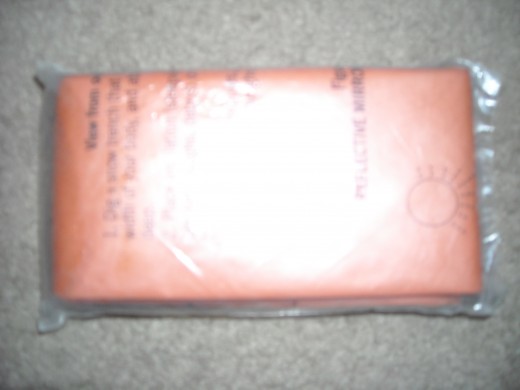
6) Survival Shelter
Building an outdoor shelter is a great skill to have, but it should be practiced before you have a survival situation. During an emergency, you may not have time or the materials to build a shelter, so having some form of shelter is a good idea. A small tarp works well, especially a sil-nylon tarp which can be packed in a very small package and weighs almost nothing. Military surplus ponchos can be also be used for shelter in a similar fashion to a small tarp, although heavier and considerably cheaper, and provide protection from the weather during travel. An AMK Heatsheet is an excellent addition to a kit, even if you carry another form of shelter as well. They pack down very well, work better than a typical space blanket and last a lot longer. If nothing else, carry a space blanket-type cover, but a Heatsheet only costs $2-3 more and does a much better job.
7) First Aid Supplies
Survival first aid is not usually a fracture or heart attack, but a more minor injury that can still cause major problems if not treated. At the least, take a few small bandages, antiseptic crème, and some aspirin. You should have some extras of any necessary medications, allergy treatments, or anything similar. If you know the trip may necessitate a better-equipped medical kit, check with a doctor or expert on stocking the kit. Pre-packaged kits like Adventure Medical kits can be very nice, but fairly expensive.
8) String/Cordage
Paracord, jute twine, fishing line or something similar can be invaluable in an emergency. It may be needed to tie a shelter together, repair torn clothes, make a fishing line, or act as an emergency shoelace. Cordage is very hard to make in the field, so carry some with you.
If possible, try to get outdoors and practice outdoor survival skills, such as shelter building with natural materials and bow-drill fire making. The more you know, the less you have to carry to be safe. The best idea is to read some good books on wilderness survival and primitive skills, pick out one or two skills and practice them until you have a good grasp on them. Then work on a few more. Physical fitness is another important issue. Try to keep in shape, so that you can do what needs to be done in an emergency.
Practice with these items before an emergency occurs! It may be too late to try to use them for the first time in a survival situation. It may not be convenient to carry some survival items with you and, hopefully, you won’t ever need them. Remember, though, it is always better to have and not need, than need and not have! If anyone has any other suggestions, I’d like to hear them and maybe later update this hub.




